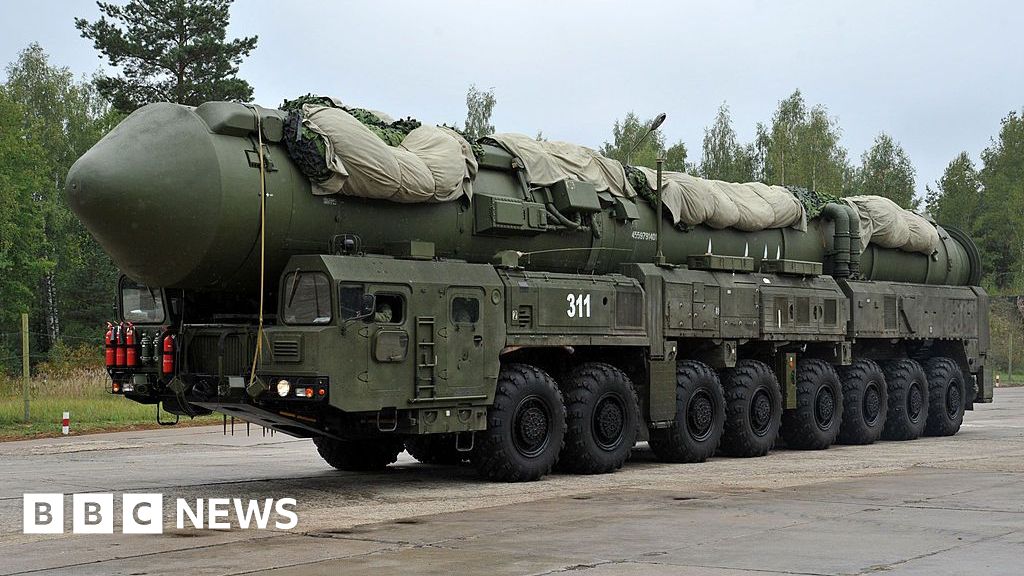On Thursday, the Ukrainian city of Dnipro was hit by a Russian air strike which eyewitnesses described as unusual, triggering explosions that went on for three hours.
The attack included a strike by a missile so powerful that in the aftermath Ukrainian officials said it bore the characteristics of an intercontinental ballistic missile (ICBM).
Western officials were quick to deny this, saying that such a strike would have triggered a nuclear alert in the US.
Hours after the strike, Russian President Vladimir Putin, in a TV address, said that Russia had launched a “new conventional intermediate-range” missile with the codename Oreshnik, meaning hazel tree in Russian.
Putin said that the weapon travelled at a speed of Mach 10, or 2.5-3km per second (10 times the speed of sound), adding that “there are currently no ways of counteracting this weapon”.
He said that a major military-industrial site in Dnipro, used to manufacture missiles and other armaments, had been hit. He described the attack as a test which was “successful” because the “target was reached”.
Speaking a day later to senior defence officials, he said tests of the missile would continue, “including in combat conditions”.
Putin’s description of the weapon notwithstanding, there seems to be no clear consensus about what it actually is.
Ukrainian military intelligence maintains that the missile is a new type of ICBM known as Kedr (cedar). They say it was travelling at Mach 11 and took 15 minutes to arrive from the launch site, more than 1,000km (621,370 miles) away in the Astrakhan region of Russia.
They said the missile was equipped with six warheads, each with six sub-munitions.
This assumption is backed up by BBC Verify’s examination of video footage of the strike. Most of it is blurry or of poor quality, but it clearly shows six flashes against the night sky, each comprised of a cluster of six individual projectiles.
The location that was hit is an industrial area to the southwest of Dnipro city.

